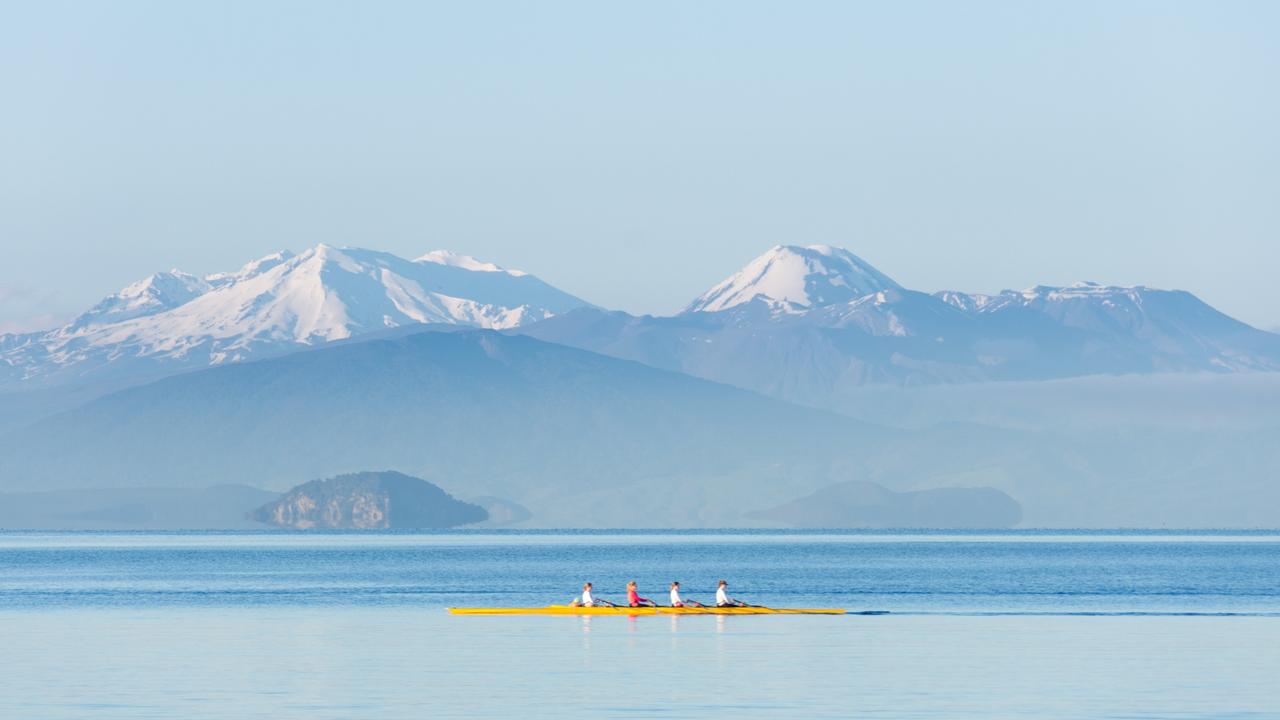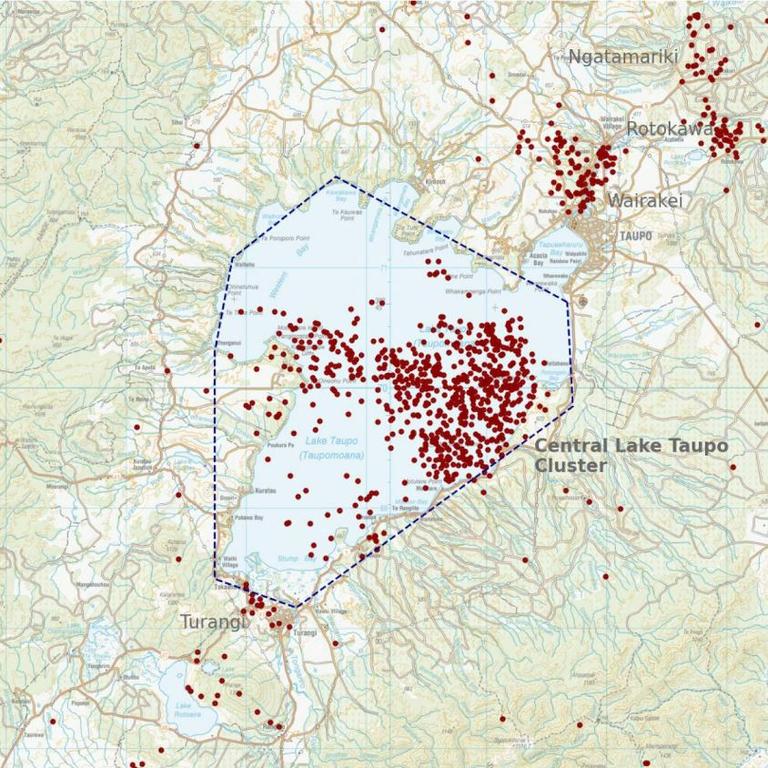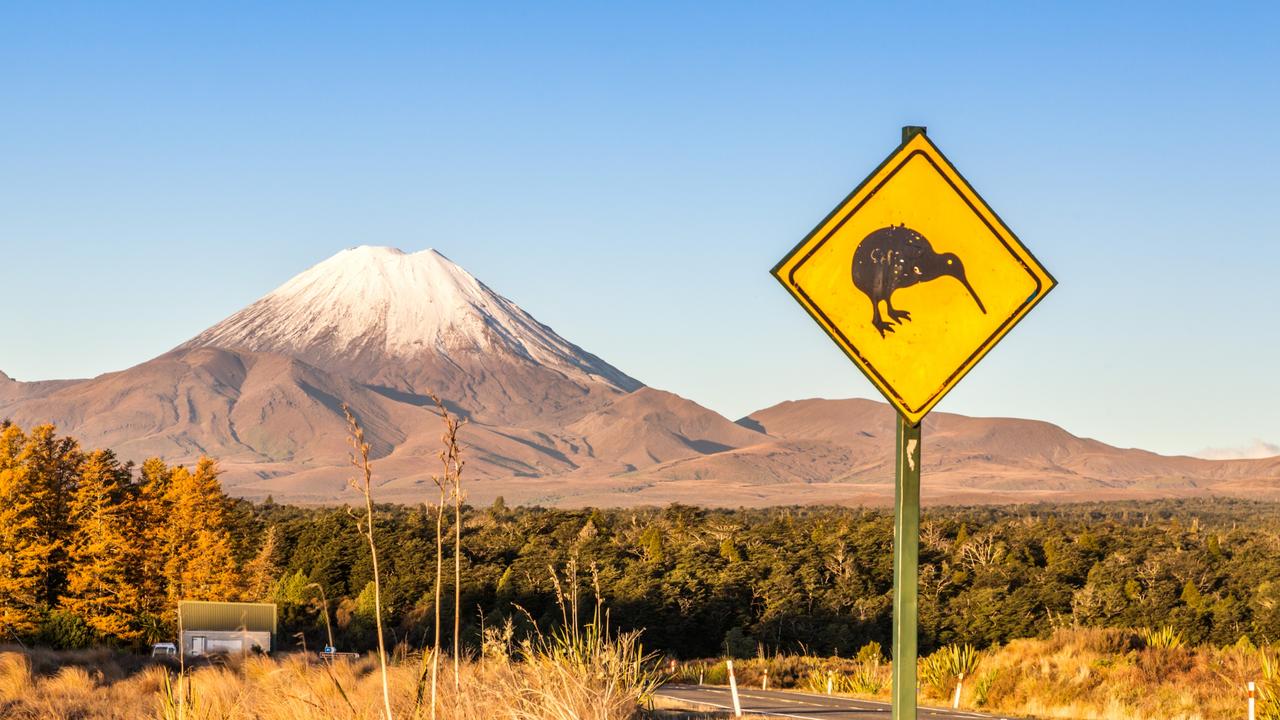Eruption fears as New Zealand’s Taupo supervolcano’s alert level is raised
When Taupo last blew in around the year 232 AD, it was the biggest eruption on earth in the last 5,000 years.
The alert level has been raised at a supervolcano in New Zealand, raising fears of an eruption.
When Taupo last blew in around the year 232 AD, it was the biggest eruption on earth in the last 5,000 years.
An even bigger supereruption 26,000 years ago completely transformed swathes of the North Island and is the most powerful eruption to rock our planet in the last 70,000 years.
And experts have now suggested that the volcano could be in for another - potentially historic - eruption.


The official volcanic alert level (VAL) has been raised from zero to one after 700 earthquakes were recorded in the area since May this year. Most of these have been too small to feel, but the largest was a 4.5-magnitude quake.
It’s the first time the alert level - on a scale from zero to five - has been raised at Taupo, which sits underneath a lake.
Level one means there is minor volcanic unrest in the area, and scientists are telling people living nearby to remain calm.
“Our understanding of the current activity is informed by new knowledge of past unrest. It has been helped especially by analysis of 2019 activity [around the volcano], but also activity in 2008, and another 17 unrest episodes over the past 150 years,” GNS Science Volcanologist Steven Sherburn told the Rotorua Daily Post.
“Had we known in 2019, 2008, and earlier what we know now, then it’s possible the VAL may have been raised to VAL1 at those times too,” he said.
“None of these episodes, or the many other episodes which would have occurred over the past 1800 years before written records were kept, ended in an eruption.”
The GNS said there chance of a major eruption was low and that the scale was not a warning of danger to come, but of volcanic movement in the area.

“Volcanic unrest at volcanoes like Taupō could continue for months or years and not result in an eruption,” the agency said in a report.
“We interpret the ground uplift and earthquake activity to be caused by the movement of magma and the hydrothermal fluids inside the volcano.
“We have also sampled springs and gas vents around the lake for changes in chemistry that may be related to the earthquake and ground uplift.”
The two historic earthquakes that took place at Taupo are unlikely to have had led to any casualties as settlers had not yet reached New Zealand. The nearest people were Aboriginal people in Australia and islanders in New Caledonia.
Around 10cm of ash is believed to have blanketed the whole of the North Island south of where Auckland is today, as well as the northern tip of the South Island.
Taupo is part of the same volcanic area as White Island, which erupted with devastating impact in 2019.
Twenty-two people, including 14 Australians, died when the volcano blew while a tour group from a cruise ship was ashore. At total of 25 others were injured, with most suffering severe burns.



